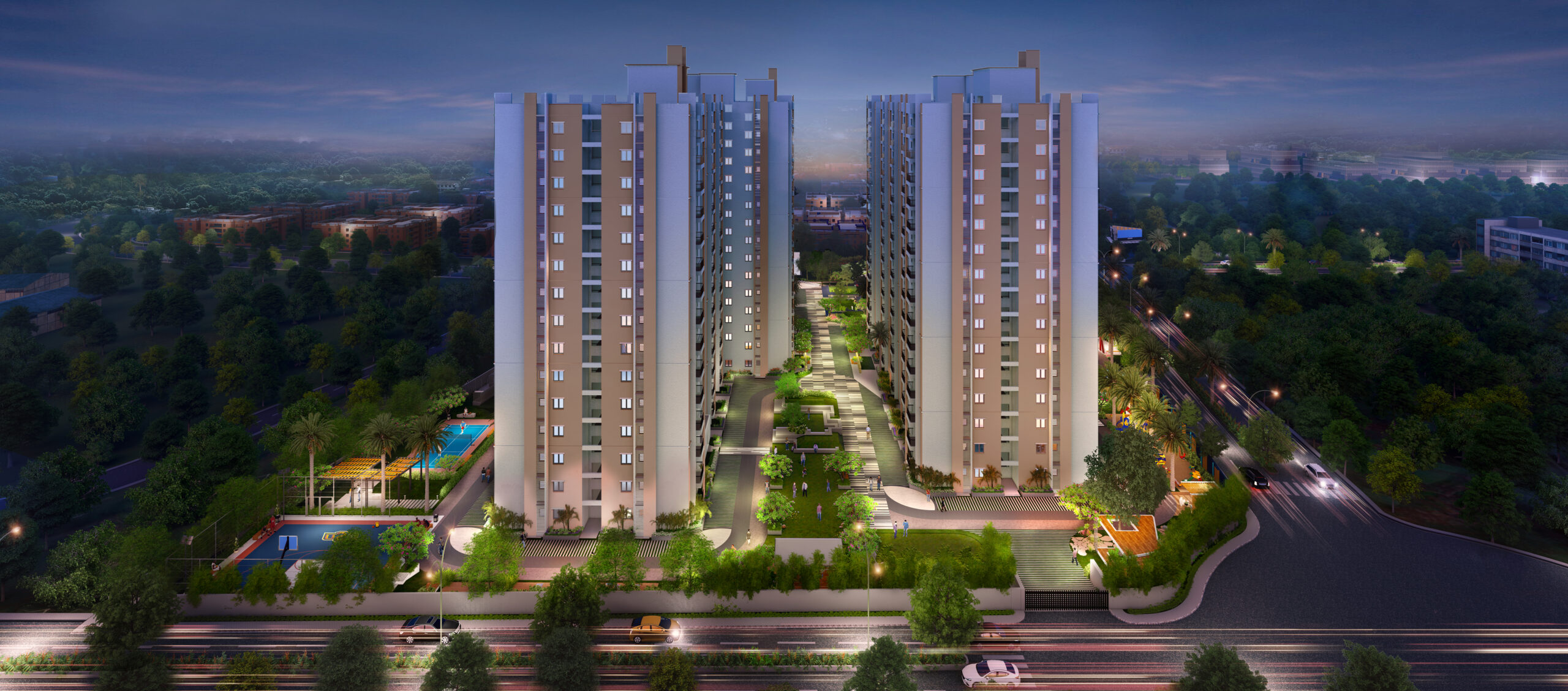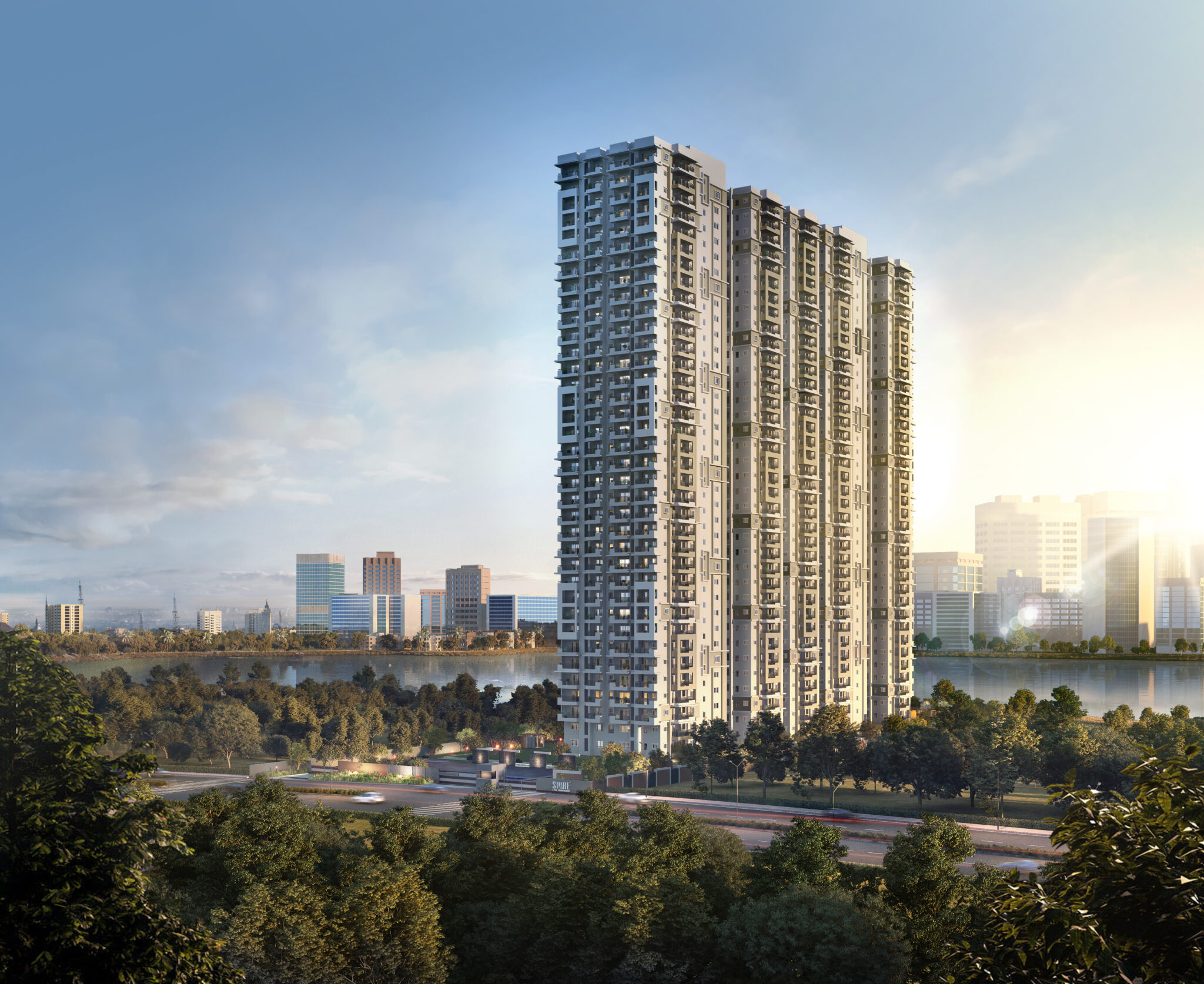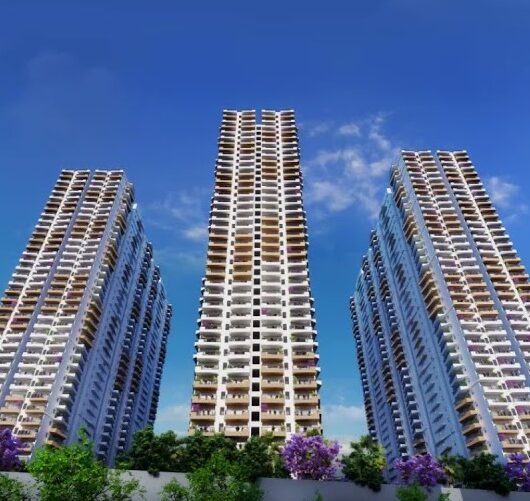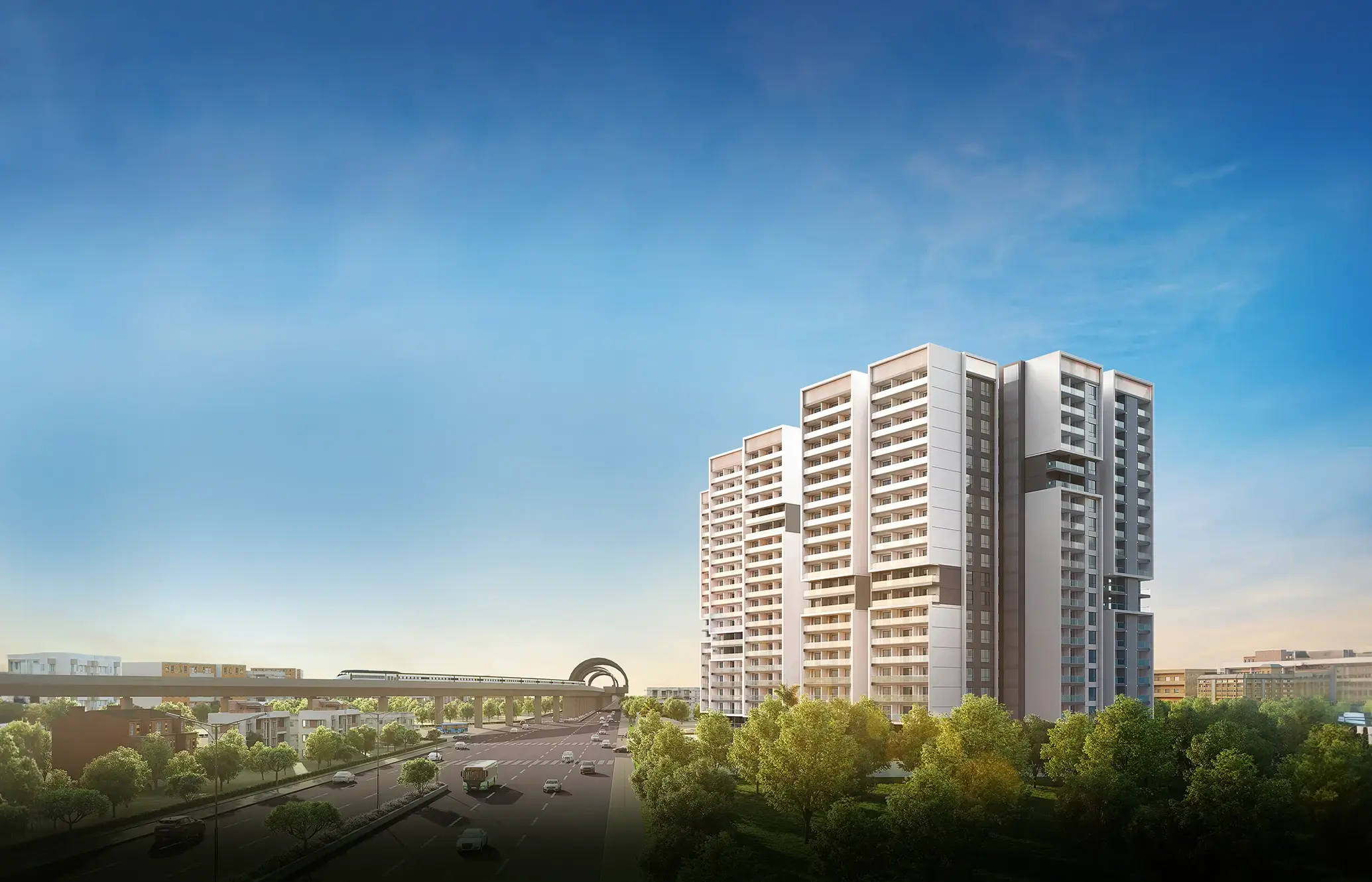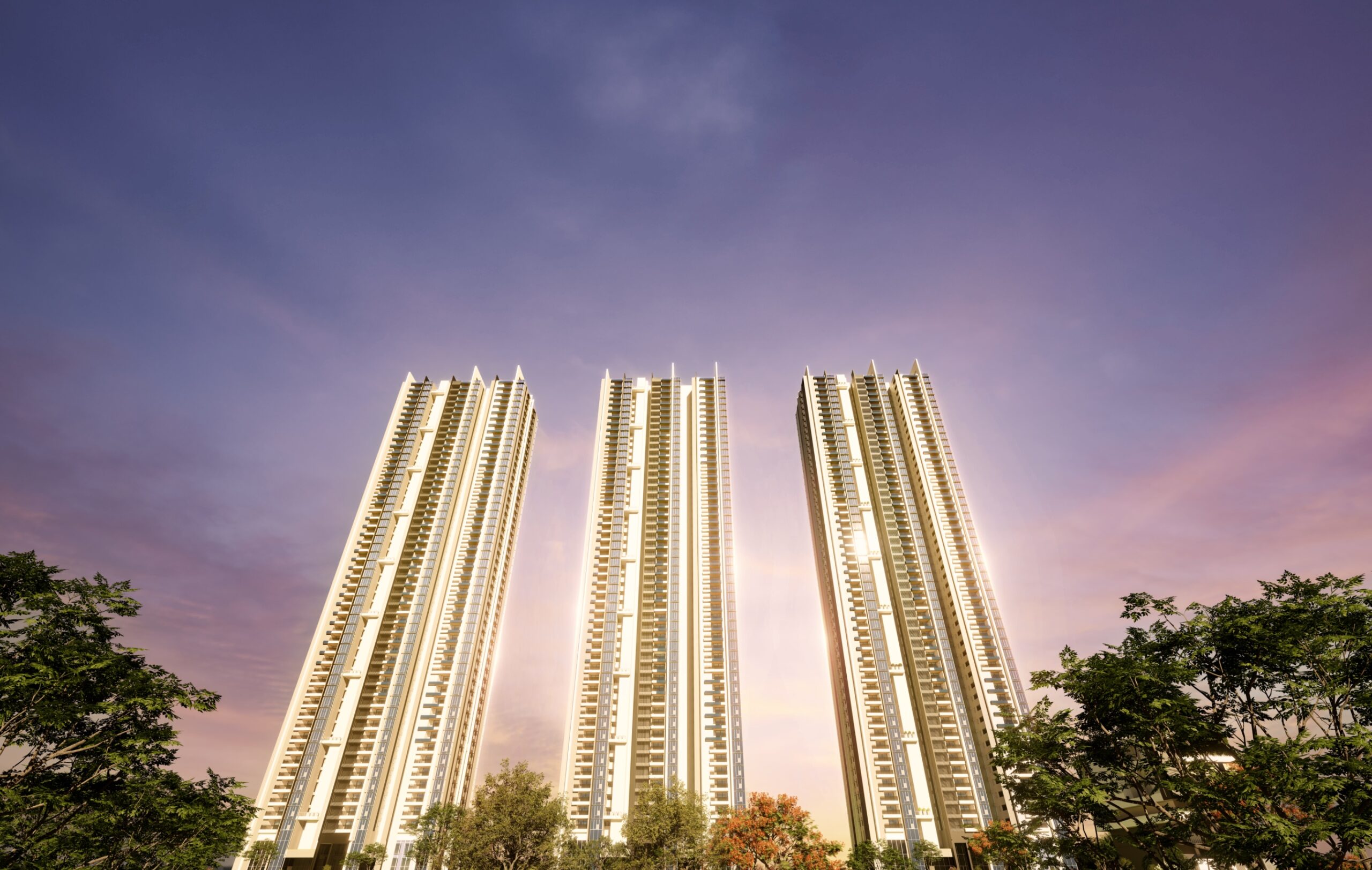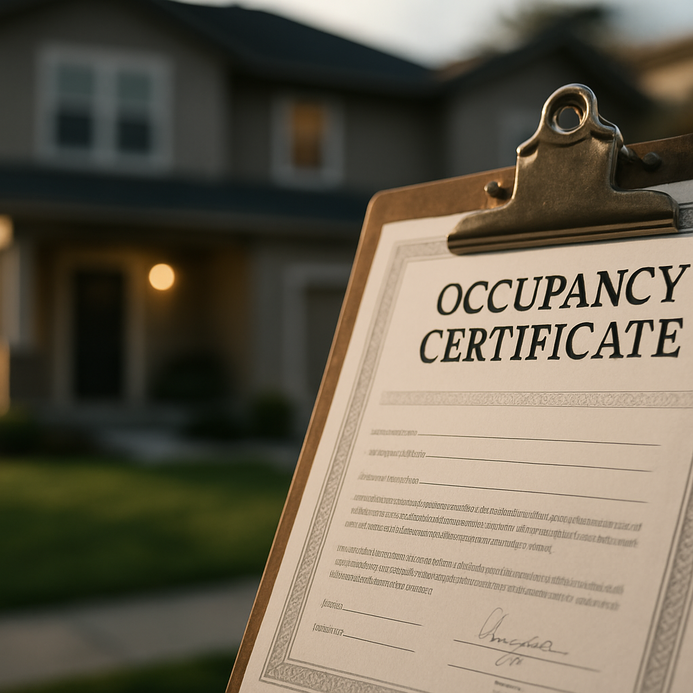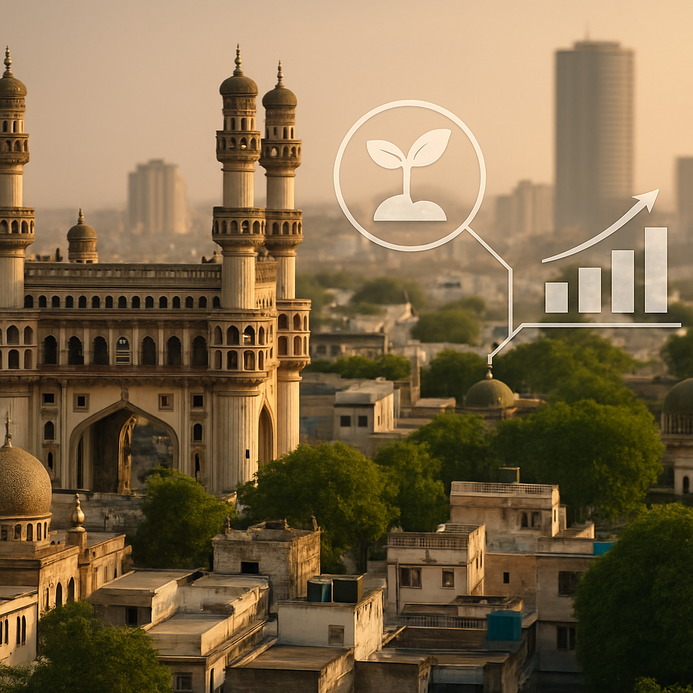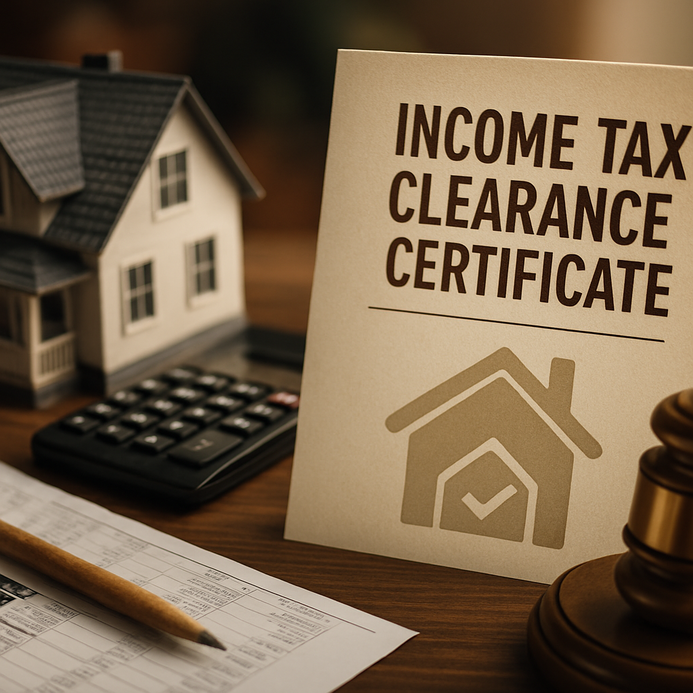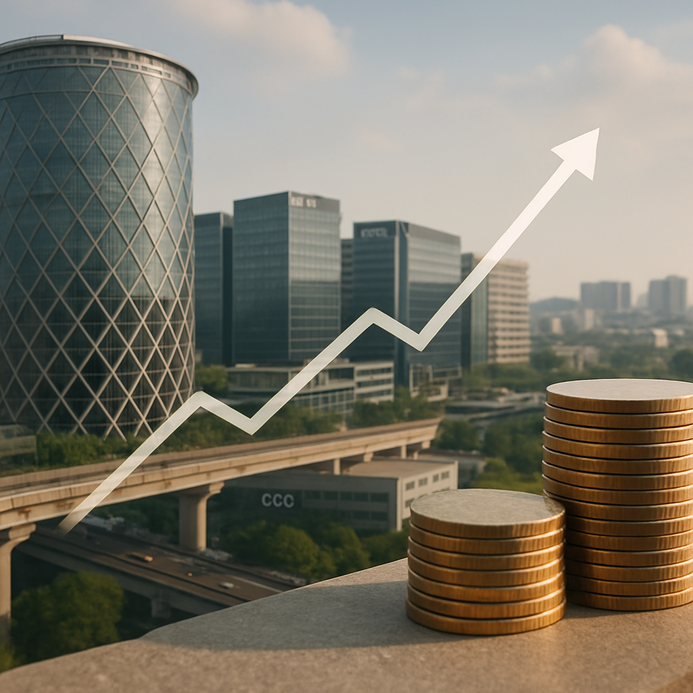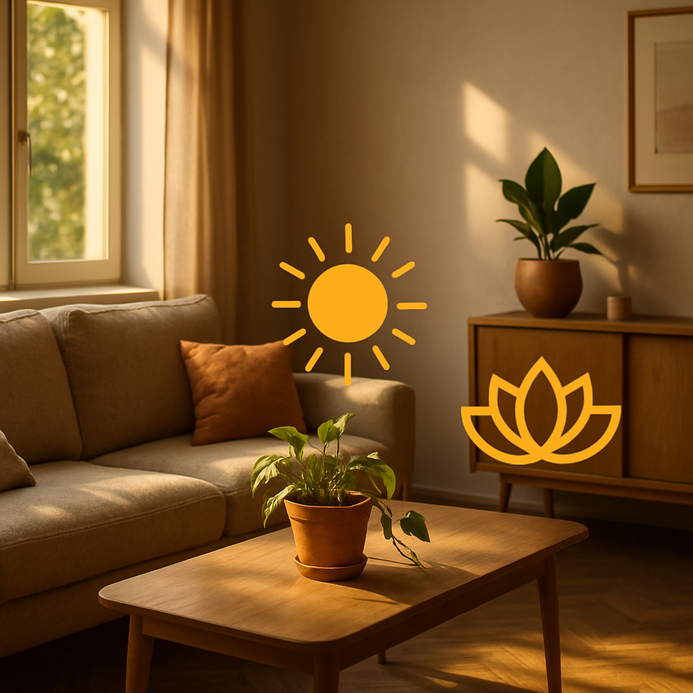The Future of Green Building in Hyderabad: Emerging Trends to Watch
Introduction:
Hyderabad, a fast-growing city in India, is witnessing rapid urbanisation and development in the real estate sector. With the increasing awareness of environmental issues and the need for sustainable development, green building practices are gaining momentum in Hyderabad’s real estate market. In this blog, we will explore the concept of sustainability and green building practices in Hyderabad real estate, including its benefits, challenges, and best practices.
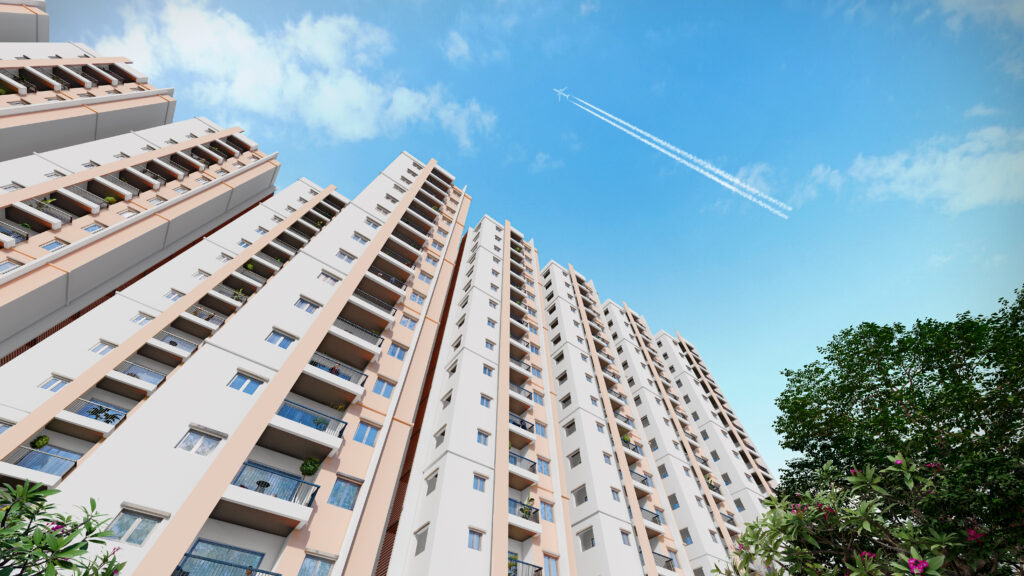
Understanding Sustainability in Real Estate:
- Environmental Sustainability: Green building practices, such as the use of sustainable construction materials, energy-efficient design, waste reduction and recycling, and rainwater harvesting, can minimise the ecological footprint of buildings in Hyderabad. Incorporating green spaces, such as rooftop gardens and vertical gardens, can also enhance biodiversity and improve air quality.
- Social Sustainability: Ensuring inclusivity, accessibility, and safety in building design can contribute to social sustainability. Features such as barrier-free access, adequate lighting, green spaces for recreation, and community engagement initiatives can promote social well-being and create a sense of belonging among residents.
- Economic Sustainability: Adopting sustainable practices in real estate can result in long-term cost savings and economic benefits. Energy-efficient design, use of renewable energy sources, and water-efficient systems can reduce operational costs for building owners and occupants. Additionally, sustainable buildings are often preferred by environmentally conscious homebuyers and investors, leading to higher property values and better marketability.
- Climate Resilience: Hyderabad is vulnerable to the impacts of climate change, such as extreme weather events, water scarcity, and heatwaves. Sustainable building practices, such as incorporating green roofs, rainwater harvesting, and energy-efficient design, can enhance the resilience of buildings to climate change impacts, making them more adaptable to changing environmental conditions.
- Resource Conservation: Hyderabad, like many other cities, is facing challenges of depleting natural resources. Sustainable practices in real estate, such as using recycled materials, optimizing water use, and reducing waste generation, can contribute to resource conservation and minimize the strain on local resources.
- Health and Well-being: Sustainable building design can contribute to the health and well-being of occupants. Features such as natural lighting, good indoor air quality, and access to green spaces can promote physical and mental well-being, leading to a healthier living environment for residents.
- Innovation and Technology: Embracing innovative technologies and practices, such as smart building management systems, green energy solutions, and green building certifications, can drive sustainability in Hyderabad real estate. These technologies can optimize resource use, improve operational efficiency, and enhance the overall performance of buildings.
- Local Community Engagement: Engaging with the local community and stakeholders in the planning, design, and implementation of real estate projects can contribute to the sustainability of the development. This can include public consultations, community participation in decision-making, and involving local craftsmen and labor in construction activities, thereby promoting local economic development and social inclusivity.
- Education and Awareness: Creating awareness among stakeholders, including developers, builders, architects, and homebuyers, about the benefits and importance of sustainability in real estate is crucial. Educating the community about sustainable building practices, green certifications, and the long-term benefits of sustainable real estate can drive demand for green buildings and promote sustainable development in Hyderabad.
- Monitoring and Performance Evaluation: Regular monitoring and evaluation of the performance of sustainable buildings can help identify areas for improvement and ensure that the intended sustainability goals are being achieved. This can include monitoring energy consumption, water use, waste generation, indoor air quality, and other key performance indicators (KPIs) to ensure that the building is performing as intended and meeting sustainability
Innovative Green Building Technologies:
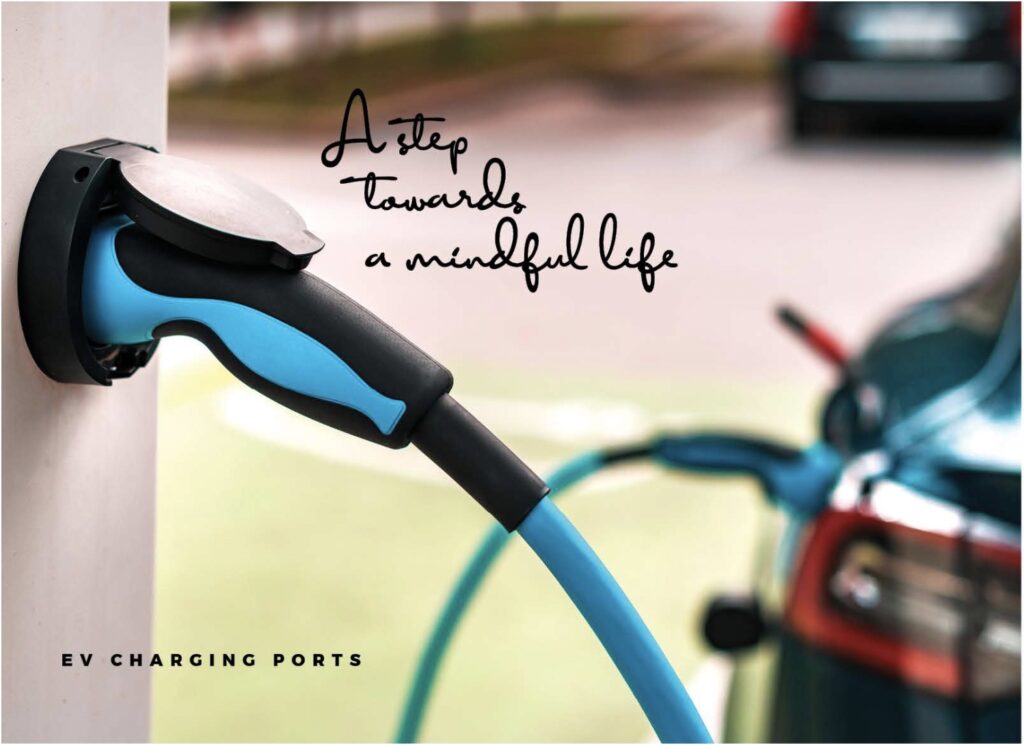
- Rainwater Harvesting: Hyderabad is known for its water scarcity issues, and rainwater harvesting is being widely implemented in real estate projects to address this challenge. Rainwater harvesting involves collecting and storing rainwater from rooftops, which can be used for various non-potable purposes such as irrigation, flushing, and cleaning. This helps in reducing the dependency on freshwater sources and conserving water.
- Solar Panels: Solar panels, also known as photovoltaic (PV) panels, are being increasingly used in Hyderabad real estate to harness solar energy and generate electricity. Solar panels are installed on rooftops or open spaces and capture sunlight to produce clean and renewable energy, reducing the dependency on fossil fuels and lowering greenhouse gas emissions. Solar panels are being used for powering common areas, lighting, and other electrical needs in buildings.
- Green Roofs: Green roofs, also known as living roofs, are being implemented in Hyderabad real estate as an innovative way to improve energy efficiency and reduce the environmental impact of buildings. Green roofs involve planting vegetation on rooftops, which provides insulation, reduces heat island effect, improves air quality, and promotes biodiversity. Green roofs also help in reducing stormwater runoff and providing natural aesthetics to buildings.
- Energy-efficient Lighting: Energy-efficient lighting solutions such as LED (Light Emitting Diode) lighting are being widely used in Hyderabad real estate to reduce energy consumption and lower electricity bills. LED lighting is more energy-efficient compared to traditional lighting options and has a longer lifespan, reducing the need for frequent replacements. LED lighting is being used in common areas, indoor spaces, and outdoor areas of buildings to promote energy efficiency and sustainability.
- Building Automation Systems: Building automation systems, also known as smart building technologies, are being implemented in Hyderabad real estate to optimize energy consumption and improve operational efficiency. These systems involve using sensors, controls, and automation to monitor and control various building systems such as lighting, HVAC (Heating, Ventilation, and Air Conditioning), and security. Building automation systems help in reducing energy wastage, optimizing resource utilization, and improving the overall sustainability performance of buildings.
- Waste Management Practices: Sustainable waste management practices such as waste segregation, recycling, and composting are being implemented in Hyderabad real estate to reduce landfill waste and promote circular economy principles. Proper waste management practices help in reducing environmental pollution, conserving resources, and promoting sustainability.
- Green Materials: The use of green materials, such as low VOC (Volatile Organic Compounds) paints, eco-friendly insulation, and sustainable flooring, is being emphasized in Hyderabad real estate to reduce the environmental impact of buildings. Green materials are made from renewable or recycled sources, have lower carbon footprint, and are healthier for occupants. The use of green materials promotes sustainability and reduces the environmental footprint of buildings.
Policy and Regulatory Framework:
Policy and regulatory framework play a crucial role in promoting green building practices in Hyderabad real estate. The government of India, along with local authorities in Hyderabad, has implemented various policies, incentives, and regulations to encourage the adoption of green building practices. Some of these policies include:
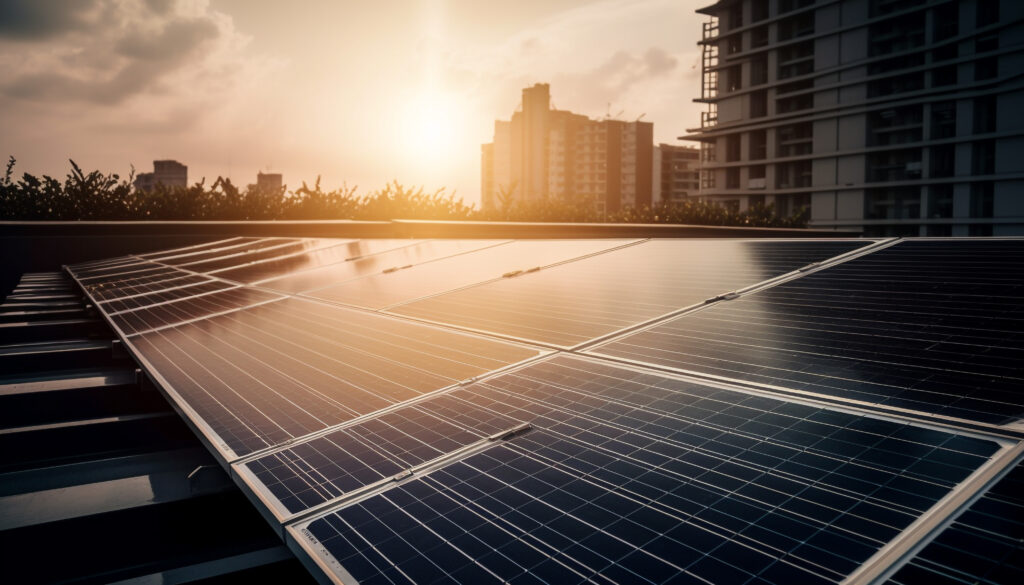
- Building Codes: The National Building Code (NBC) of India and the local building codes in Hyderabad prescribe guidelines and standards for sustainable building design, construction, and operation. These codes emphasize energy efficiency, water conservation, waste management, and other green building practices. Compliance with building codes is mandatory for obtaining building permits and approvals in Hyderabad, promoting the adoption of sustainable practices.
- Green Building Certifications: As mentioned earlier, green building certifications such as LEED, GRIHA, and IGBC are recognised by the government and local authorities in Hyderabad. These certifications provide incentives such as faster approvals, reduced property taxes, and higher FSI (Floor Space Index) for green buildings. These incentives encourage developers to incorporate green building practices in their projects to avail the benefits.
- Tax Benefits: The government of India provides tax benefits to promote green building practices. Developers and homebuyers can avail tax deductions on interest paid on home loans for green buildings, as per the Income Tax Act. This incentive encourages homebuyers to invest in green buildings and developers to incorporate sustainable features in their projects.
- Subsidies and Grants: The government of India and local authorities in Hyderabad provide subsidies and grants to promote green building practices. For example, the Ministry of New and Renewable Energy (MNRE) provides financial incentives for solar power installations in buildings, including rooftop solar panels. These subsidies and grants reduce the upfront costs of implementing green building technologies and practices, making them more economically viable for developers and homeowners.
- Energy Conservation Building Code (ECBC): The Energy Conservation Building Code (ECBC) is a mandatory code in India that sets energy efficiency standards for commercial buildings. ECBC emphasizes the use of energy-efficient materials, equipment, and systems in building design and construction. Compliance with ECBC is required for obtaining building permits in Hyderabad, promoting energy-efficient practices.
- Green Procurement Policies: The government of India and local authorities in Hyderabad have implemented green procurement policies, which mandate the use of sustainable materials, products, and services in government-funded projects. This encourages the use of green building materials and technologies in public buildings, creating a market demand for sustainable products and services.
- Green Affordable Housing: The government of India has launched various schemes to promote green affordable housing, including the Pradhan Mantri Awas Yojana (PMAY) and Affordable Sustainable Housing Accelerators (ASHA) program. These initiatives provide incentives and support for the development of green affordable housing projects, encouraging the adoption of sustainable practices in the affordable housing sector.
- Green Building Councils and Industry Associations: Hyderabad has local chapters of green building councils such as IGBC and industry associations such as Confederation of Real Estate Developers’ Associations of India (CREDAI), which promote sustainable practices in real estate. These organisations provide guidance, training, and support to developers, professionals, and stakeholders to adopt green building practices.
- Green Transport Infrastructure: The government of India and local authorities in Hyderabad are investing in green transport infrastructure, such as electric vehicle (EV) charging stations, public transportation, and pedestrian-friendly pathways. These initiatives promote sustainable transportation options and reduce the carbon footprint of buildings by encouraging the use of EVs and public transportation.
- Water Conservation Policies: Hyderabad is known for its water scarcity issues, and the government has implemented various water conservation policies to promote sustainable water management practices in real estate. This includes rainwater harvesting, reuse of treated wastewater, and mandatory installation of water-saving fixtures in buildings.
Case Studies of Green Building in Hyderabad:
Case studies of green buildings in Hyderabad provide real-world examples of successful implementation of sustainable practices in the real estate sector. These buildings showcase innovative design features and technologies that have resulted in significant environmental and economic benefits. Some of the notable green buildings in Hyderabad are:
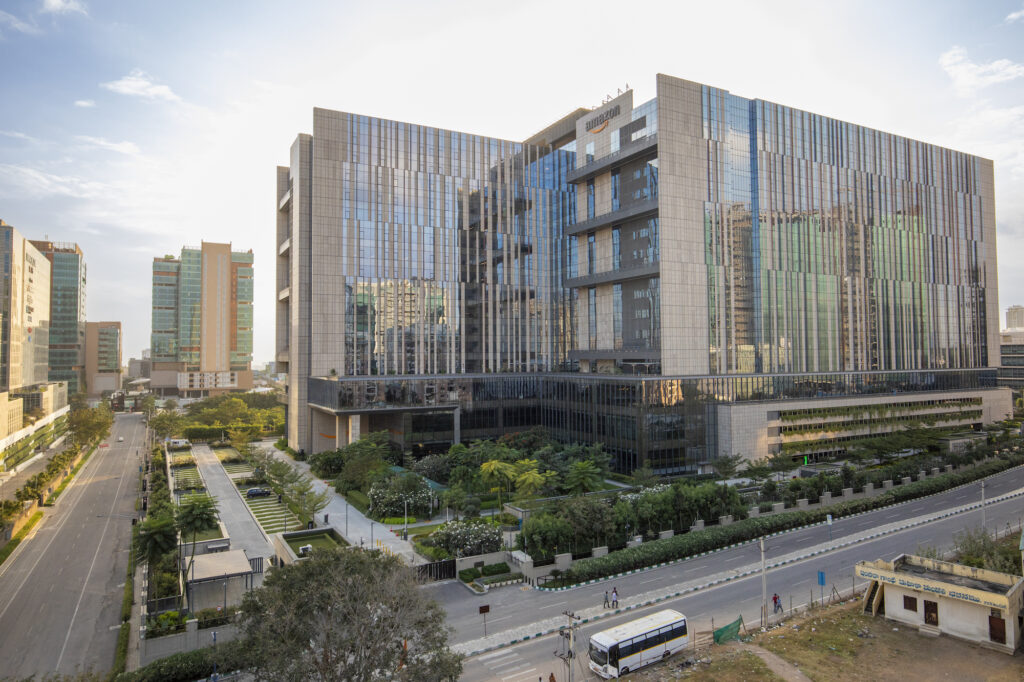
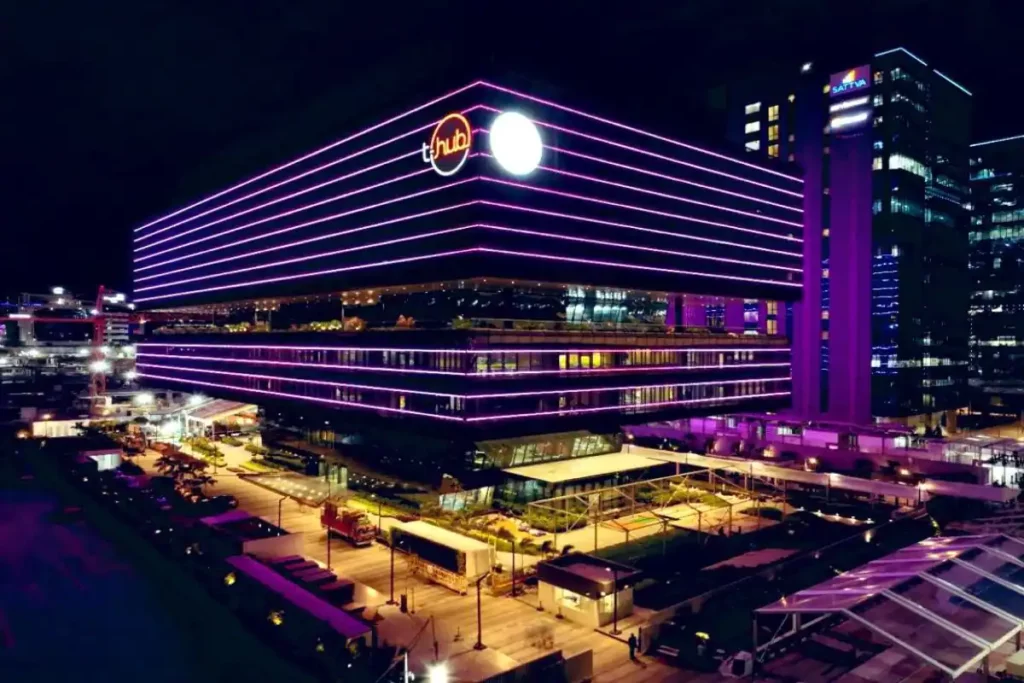
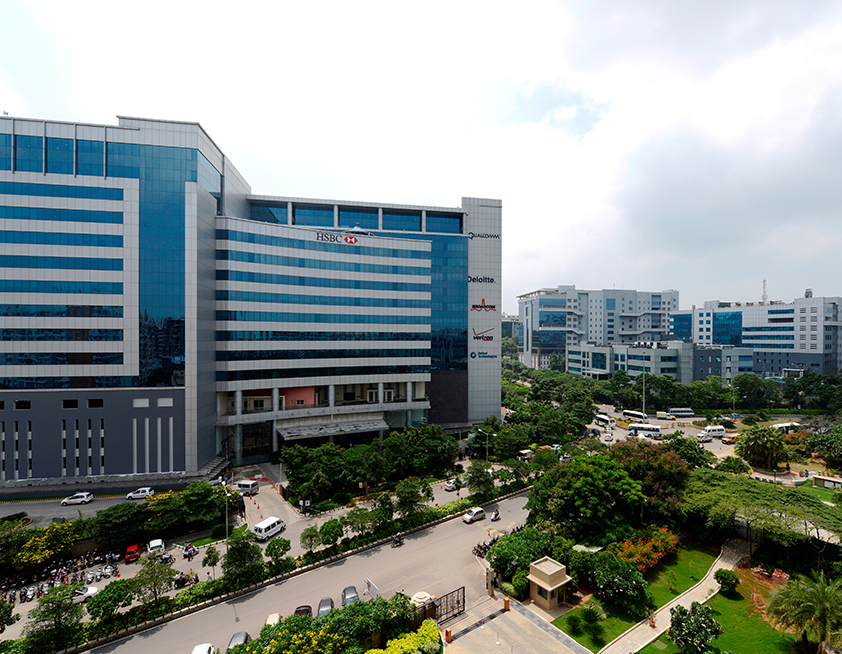
- Phoenix Spaces 216: This commercial building located in Gachibowli, Hyderabad, is certified as a LEED Platinum building by the U.S. Green Building Council (USGBC). It incorporates several sustainable features, including a solar power system, energy-efficient lighting, rainwater harvesting, and waste management practices. The building’s green design has resulted in a 37% reduction in energy consumption and a 48% reduction in water consumption, leading to significant cost savings and reduced environmental impact.
- L&T Infocity Green Building: This commercial building located in Gachibowli, Hyderabad, is certified as a Platinum-rated green building by IGBC. It incorporates sustainable features such as energy-efficient HVAC systems, solar panels, green roofs, and water-efficient fixtures. The building has achieved a 40% reduction in energy consumption and a 30% reduction in water consumption, resulting in substantial cost savings and reduced environmental impact.
- Wipro Campus, Gachibowli: This IT campus located in Gachibowli, Hyderabad, is certified as a LEED Platinum building by USGBC. It includes features such as rainwater harvesting, solar panels, energy-efficient lighting, and waste management practices. The campus has achieved a 35% reduction in energy consumption and a 45% reduction in water consumption, resulting in significant cost savings and improved sustainability performance.
- PUMA India Headquarters: This commercial building located in Gachibowli, Hyderabad, is certified as a LEED Platinum building by USGBC. It includes features such as energy-efficient lighting, green roofs, rainwater harvesting, and waste management practices. The building has achieved a 30% reduction in energy consumption and a 40% reduction in water consumption, leading to lower operational costs and reduced environmental impact.
- T-Hub: This startup incubator located in Gachibowli, Hyderabad, is certified as a LEED Platinum building by USGBC. It incorporates sustainable features such as solar panels, energy-efficient lighting, green roofs, and rainwater harvesting. The building has achieved a 40% reduction in energy consumption and a 35% reduction in water consumption, resulting in significant cost savings and improved sustainability performance.
- Amazon Development Center: This commercial building located in Gachibowli, Hyderabad, is certified as a LEED Platinum building by USGBC. It includes features such as solar panels, energy-efficient lighting, rainwater harvesting, and green landscaping. The building has achieved a 25% reduction in energy consumption and a 30% reduction in water consumption, leading to lower operational costs and improved sustainability performance.
- Mindspace Madhapur: This commercial complex located in Madhapur, Hyderabad, is certified as a LEED Platinum building by USGBC. It incorporates sustainable features such as solar panels, energy-efficient lighting, rainwater harvesting, and green roofs. The complex has achieved a 30% reduction in energy consumption and a 40% reduction in water consumption, resulting in significant cost savings and improved sustainability performance.
Challenges and Barriers: Identifying the challenges and barriers faced in implementing green building practices in Hyderabad real estate, including lack of awareness, cost implications, and resistance to change.
Financial Aspects of Green Building:
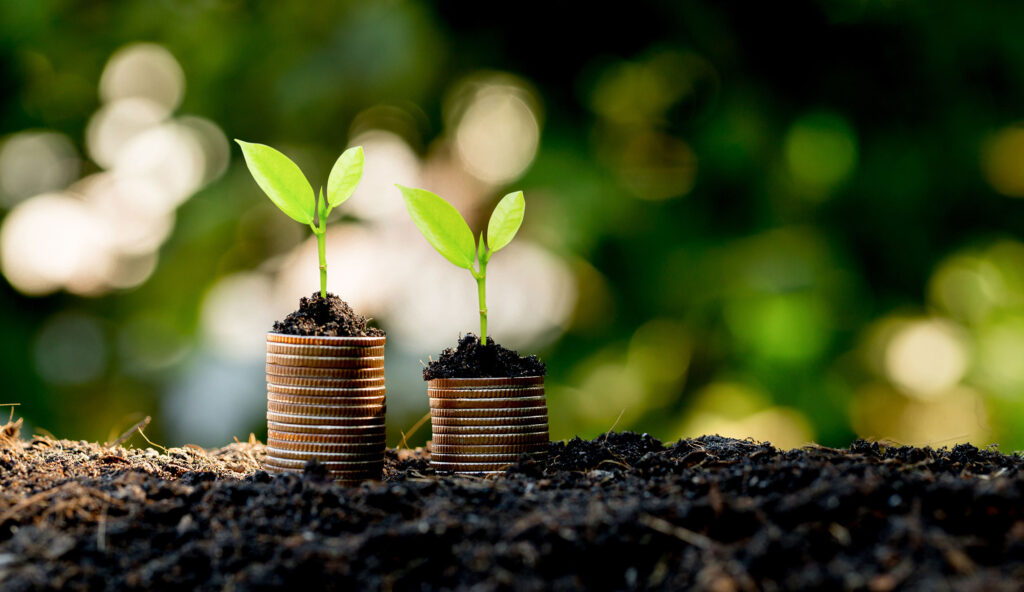
- Initial Costs: The initial costs of implementing green building practices may be higher compared to conventional buildings. Green building materials, technologies, and certifications often come at a premium, and additional expenses may be incurred for design, documentation, and commissioning. However, the initial costs can vary depending on the scope of the green building practices and the scale of the project.
- Return on Investment (ROI): Despite higher initial costs, green buildings can offer a favourable ROI. Green buildings typically have lower operating costs, reduced energy and water consumption, and increased tenant satisfaction, leading to potential rental or resale premiums. Green building certifications such as LEED, GRIHA, or IGBC can also enhance the marketability and value of the property, attracting environmentally-conscious buyers or tenants. Studies have shown that green buildings can yield a higher ROI over time compared to conventional buildings.
- Long-term Cost Savings: Green buildings can offer significant long-term cost savings. They are designed to be energy-efficient, water-efficient, and resource-efficient, resulting in lower utility bills and operating costs. Green buildings can also require less maintenance and replacement costs due to the use of durable materials and efficient technologies. Additionally, green buildings may benefit from incentives, tax rebates, and grants offered by the government or utility providers, further reducing the overall cost of ownership.
- Occupant Benefits: Green buildings can provide direct benefits to occupants, such as improved indoor air quality, thermal comfort, and natural daylight, leading to increased productivity and well-being. Occupants can experience lower energy costs in their individual units or workspaces, leading to potential cost savings for them. This can also result in higher tenant retention rates, reduced vacancy rates, and increased demand for green buildings, which can positively impact the financial performance of the building.
- Insurance and Financing: Green buildings may also benefit from favorable insurance and financing options. Some insurance companies offer lower insurance premiums for green buildings due to their reduced environmental risk, such as lower risk of fire, flood, or other damages. Financing options, such as green loans or green mortgages, may offer preferential interest rates, longer repayment terms, or higher loan amounts for green building projects, making them financially attractive to investors and developers.
- Operational and Maintenance Savings: Green building practices can result in operational and maintenance savings over the building’s lifecycle. Energy-efficient systems, water-efficient fixtures, and smart building technologies can result in lower operational costs, such as reduced energy and water bills. Green buildings often require less frequent maintenance and replacement of materials, resulting in long-term cost savings. Proper commissioning and monitoring of green building features can also optimize their performance, ensuring that the building continues to operate efficiently and sustainably.
- Risk Mitigation: Green building practices can also help in mitigating risks associated with changing regulations, volatile energy prices, and environmental impacts. As regulations and codes continue to evolve towards more sustainable practices, green buildings may be better positioned to comply with future requirements, reducing the risk of penalties or retrofitting costs. Green buildings can also be resilient to environmental risks, such as extreme weather events or water scarcity, due to their sustainable design features, reducing potential damages and operational disruptions.
Conclusion:
Sustainability and green building practices are becoming imperative in the real estate sector, especially the gated communities in Hyderabad, to create a greener, healthier, and more sustainable built environment. By adopting innovative technologies, complying with green building certifications, leveraging government incentives, and overcoming challenges, Hyderabad’s real estate sector can contribute to a more sustainable and environmentally responsible future.
Check out ASBL Spire, ASBL Springs and ASBL Spectra
Green building, also known as sustainable building or environmentally friendly building, aims to reduce the negative impact of construction on the environment and promote energy efficiency, water conservation, and healthier indoor environments. The expected outcomes of green building are many, including Energy savings, water conservation, Improved indoor air quality, Reduced waste, Enhanced biodiversity.
